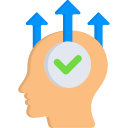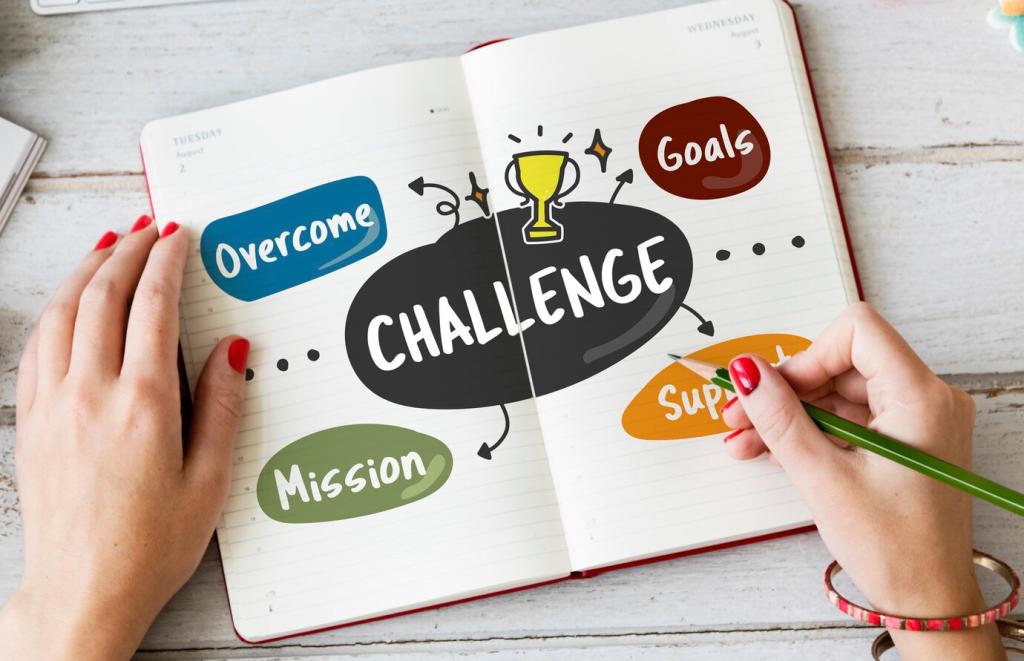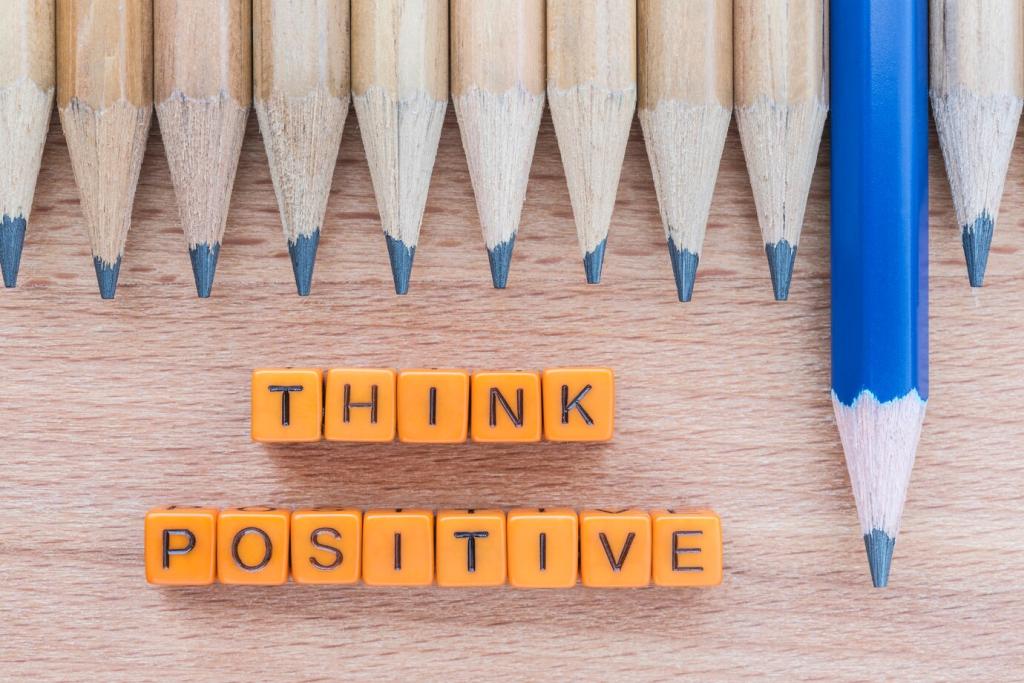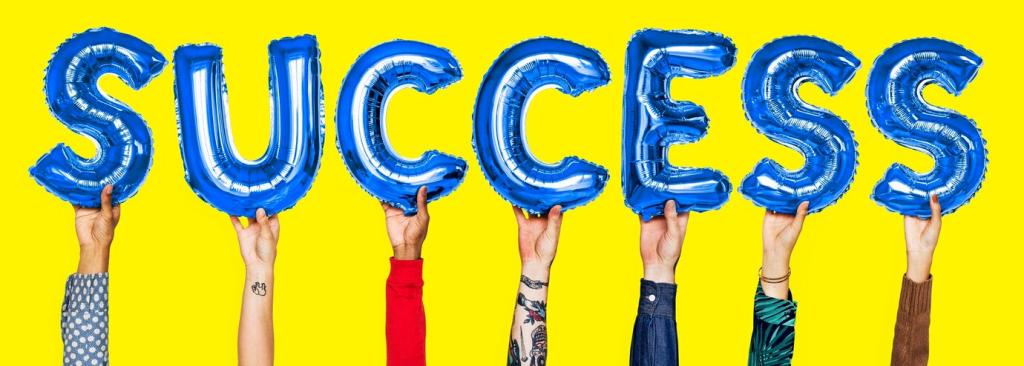The Science Behind Staying Present
Studies in cognitive science show that attention strengthens with repeated practice, much like a muscle. Short, consistent sessions of breath awareness improve sustained focus and reduce mind-wandering, which explains why mindful professionals report fewer costly errors and smoother task switching.
The Science Behind Staying Present
Lengthened exhalations stimulate the parasympathetic response, easing heart rate and tension. Mindfulness engages this calming system through nonjudgmental awareness of breath and body, teaching the brain that immediate threats are rare and thoughtful action is possible.





